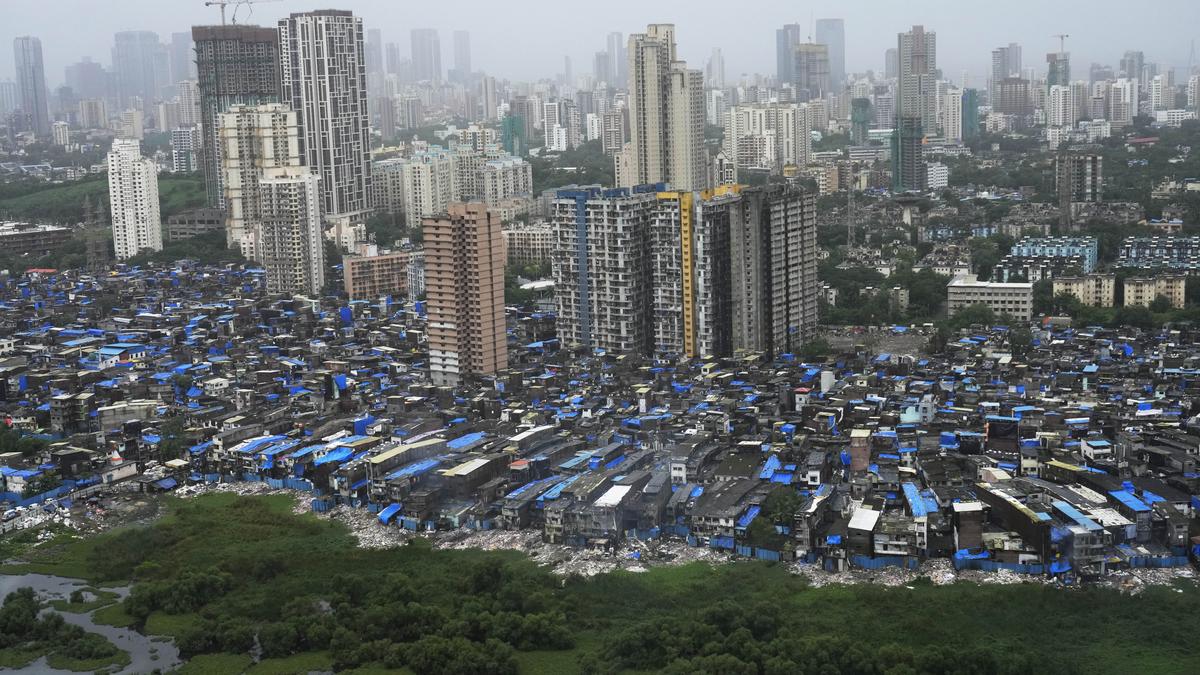The International Monetary Fund (IMF) recently projected that India will edge past Japan to become the world’s fourth largest economy in 2025. While this marks a notable milestone, comparisons based solely on absolute Gross Domestic Product (GDP) offer limited insight into the lived realities of people.
Absolute GDP figures are useful for understanding the size of an economy, but they do not capture how wealth is distributed, how developed a country is, or how its citizens are faring. They mask disparities in population size, cost of living, and income inequality. A country may have a large economy overall, but that doesn’t necessarily translate into prosperity or improved living standards for its people.
Chart 1A shows the absolute Gross Domestic Product (in $ billion) of select countries in 2000 and 2025
For instance, as Chart 1A shows, India’s absolute GDP (in $ billion) is estimated to have risen from $468.4 billion in 2000 to $4,187 billion in 2025, narrowly surpassing Japan’s figures in the process. However, as Chart 1B shows, India’s GDP per capita is 12 times lower than Japan’s in 2025.
Chart 1B shows the GDP per capita (in US$) of select countries in 2000 and 2023
To drive home the point, let us add Poland to the comparison — a country often cited for its quick transition from a lower middle-income to a high-income economy. As seen in Chart 1A, Poland’s total GDP is around four times smaller than India’s, but as Chart 1B shows, its GDP per capita is nearly nine times higher.
While economic growth is an important marker of a country’s progress, it is equally vital to assess the strides made in social, educational, health, and democratic indicators, as advancements in these areas offer a more meaningful measure of true prosperity. The following paragraphs present indicators related to these dimensions, comparing India, Poland, and Japan across two time periods — the latest available data and figures from roughly two decades ago.
First, consider the nature of employment. As shown in Charts 2A, 2B, and 2C, as of 2023, nearly 45% of India’s workforce was still employed in agriculture. In contrast, the share in both Poland and Japan had fallen below 10%, with a corresponding rise in employment in the industrial and services sectors.
Chart 2A shows the share of employment in the agriculture sector in select countries in 2000 and 2023.
Chart 2B shows the share of employment in the industrial sector in select countries in 2000 and 2023.
Chart 2C shows the share of employment in the service sector in select countries in 2000 and 2023.
On the regular employment front, the share of wage and salaried workers — those with formal employment contracts — was just 23.9% in India in 2023, compared to 91% in Japan and 80.1% in Poland.
Chart 3 shows the share of wage and salaried workers out of total employed population in select countries in 2000 and 2023
The gross enrolment rate in college-level education, after completion of secondary school, was 32.7% in India in 2022, compared to close to 65% and 75% in Japan and Poland, respectively.
Chart 4 shows the gross enrolment rate in college-level education in select countries in 2000 and 2020 (in %)
On the health front, the life expectancy of a person was 72 years for an average Indian in 2023, compared to 84 years in Japan and 78.5 years in Poland.
Chart 5 shows the average life expectancy of a person from select countries in 2000 and 2023 (in years)
Access to adequate healthcare is also reflected in a country’s Infant Mortality Rate (IMR), or the number of deaths per 1,000 live births of children under one year of age. While the IMR of all the mentioned countries halved between 2000 and 2023, India’s IMR remains at 24.5, while Japan and Poland both record less than five such deaths per 1,000 births.
Chart 6 shows the Human Development Index of select countries in 2000 and 2023.
Put together, these reflect in the measure of the Human Development Index in these countries. The HDI is a composite measure that assesses a country’s overall achievement in health, education, and standard of living. The HDI is expressed as a number between 0 and 1, with 1 indicating high human development. India’s HDI of 0.685 in 2023 shows ‘medium development’, while the HDIs of Japan and Poland crossed the 0.9 mark, pointing to very high human development.
Source: International Monetary Fund’s “World Economic Outlook (April 2025)“, the World Bank’s indicator database, International Labour Organization Statistics, and Our World in Data
With inputs from Bharat A. Ramana, who is interning with the Data team
Published – June 03, 2025 08:00 am IST
